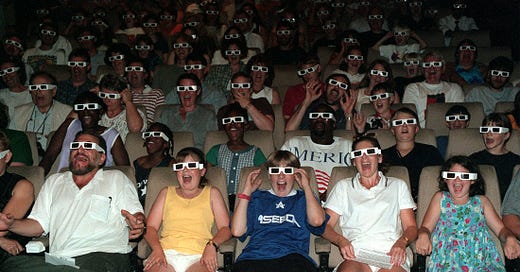The Holy Anarchy of Fun

Fun: the other communicable illness! (Fiona Hanson/PA Images via Getty Images)
In our era of high vigilance, emergency measures and vast decrees, Walter Kirn makes the case for fun.
315
No writer stokes more consistent envy among Common Sense editors than Walter Kirn. Two of his essays from last year—The Bullshit and The Power and the Silence—got our vote for the best of 2021. But we never miss anything he writes.
You might know Kirn’s name from his novels, including “Up in the Air” and “Blood Will Out.” We hope you’ll love his debut p…
Enjoying the story?
Enter your email to read this article and receive our daily newsletter.
Already have an account?
Sign In




